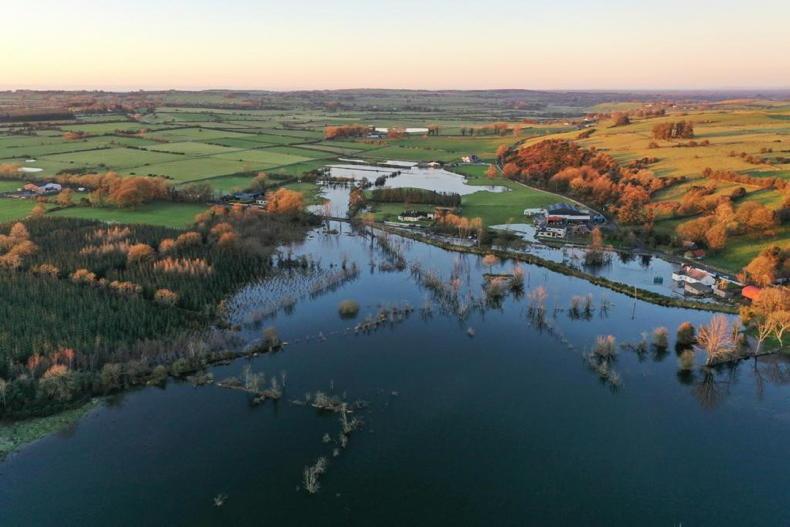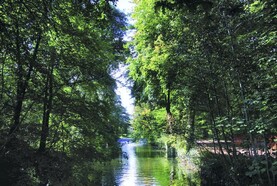Forests offer less protection against major flood events than had been hoped, according to new research on flood risk mitigation.
Studying forest sites in Ireland and the UK, researchers found that while forests can “suppress small storm flows”, they are “likely to make minimal difference in reducing the devastating impacts of major flood events”.
The work, conducted by researchers from Trinity College Dublin, NUI Galway and the Centre for Ecology and Hydrology in the UK, was published in the Science of the Total Environment scientific journal.
It follows ample discussion at COP-26 on the potential environmental benefits of large-scale forest planting.
False perception
The common perception among many natural resource managers and the public that forests can mitigate large flood events hasn’t been well examined using a before-after-control-impact approach until now, according to assistant professor in Trinity’s school of engineering Liwen Xiao.
Professor Xiao was the senior author of the research article.
He described how it is “true that forests can lock up large amounts of carbon and aid environmental rehabilitation and biological diversity”, but noted their ability to mitigate major flood events is not what had been believed.
He said: “Our work showed that forests reduced storm flows, but only when the peaks of the floods were well below the average peaks seen in a typical year.
“When flood events increased in size and in larger catchment areas, forest impacts were far less notable.”
Red flags
Professor Xiao noted that while forests bring many environmental benefits to habitats, his team’s research raises “red flags” for any developers and land managers working on the basis that they can protect against serious flood damage through large-scale afforestation.
“It would be unwise, for example, to assume a newly planted forest could protect homes on at-risk land,” he said.
Professor Xiao and the team formed their conclusions from data spanning 66 station-years of flow measurement and 610 storm events at three sites in Ireland and the UK. The Irish site included Nephin Forest, Co Mayo.
He suggested that the findings are likely to be widely applicable, as the Nephin Forest is typical of forest area elsewhere in Ireland.






 This is a subscriber-only article
This is a subscriber-only article









SHARING OPTIONS: